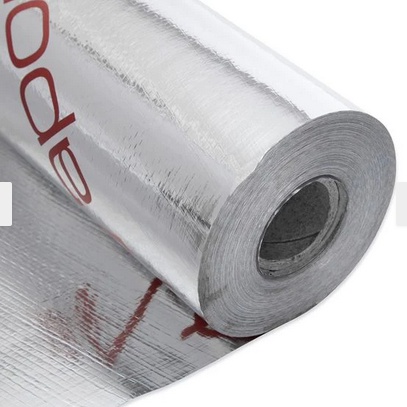Introduction
Floor insulation plays a crucial role in maintaining a comfortable and energy-efficient home. It acts as a barrier against heat loss, prevents cold drafts, and contributes to overall energy savings. However, achieving effective floor insulation requires careful consideration of various factors, including materials, installation techniques, and climate conditions. This comprehensive guide aims to provide homeowners with valuable insights into the world of floor insulation, offering practical tips to crack the code for a more comfortable and sustainable living space.
Understanding the Importance of Floor Insulation
The floor is a significant source of heat loss in homes, especially in colder climates. Without proper insulation, cold air can seep through the floor, making the interior uncomfortable and leading to increased energy consumption. Effective floor insulation acts as a thermal barrier, reducing heat transfer and maintaining a consistent indoor temperature. This not only enhances comfort but also lowers energy bills, making it a cost-effective investment for homeowners.
Types of Floor Insulation Materials
Choosing the right insulation material is a crucial step in the insulation process. Several materials are commonly used for floor insulation, each with its unique properties and benefits.
-
Fiberglass Insulation: This popular choice is known for its affordability and thermal performance. Fiberglass insulation comes in batts, rolls, or loose-fill forms, making it versatile for various floor structures.
-
Foam Board Insulation: Offering excellent insulation and moisture resistance, foam board insulation is a rigid material that can be installed on the underside of the floor. It provides a reliable thermal barrier and is particularly effective in damp environments.
-
Mineral Wool Insulation: Made from rock or slag, mineral wool insulation is fire-resistant and offers good thermal and sound insulation properties. It is available in batts or loose-fill form, making it suitable for floor applications.
-
Reflective Foil Insulation: Reflective foil insulation is designed to reflect heat rather than absorb it. It is often used in combination with other insulation materials and is effective in reducing radiant heat transfer.
Determining the Right Insulation Technique
The effectiveness of floor insulation depends not only on the chosen material but also on the installation technique. The following considerations can help homeowners determine the right insulation technique for their floors.
-
Underfloor Insulation: Installing insulation beneath the floorboards is a common method for suspended floors. This technique involves placing insulation material between the joists, creating a thermal barrier that prevents heat loss through the floor.
-
Crawl Space Insulation: For homes with crawl spaces, insulating the crawl space walls and floor can be an effective strategy. This helps to create a conditioned space, reducing the potential for moisture issues and improving overall insulation performance.
-
Slab Insulation: Homes with concrete slab foundations require insulation to prevent heat loss through the floor. Installing insulation beneath the slab or along its edges can significantly enhance energy efficiency.
Climate Considerations and Regional Nuances
The climate in which a home is located plays a crucial role in determining the most effective floor insulation strategy. Different regions may require specific materials or techniques to optimize insulation performance.
-
Cold Climates: In areas with harsh winters, a thicker and more robust insulation material may be necessary to combat extreme cold temperatures. Additionally, sealing any gaps or cracks in the floor structure is essential to prevent cold air infiltration.
-
Hot Climates: Homes in hot climates benefit from insulation that not only prevents heat loss but also blocks radiant heat from entering the living space. Reflective foil insulation and proper ventilation can be key components in such regions.
-
Humid Environments: Moisture control is crucial in humid climates to prevent the growth of mold and mildew. Choosing insulation materials with resistance to moisture and implementing effective ventilation strategies can help maintain a healthy indoor environment.
DIY vs. Professional Installation
While some homeowners may opt for a do-it-yourself approach to floor insulation, professional installation has its advantages. Professionals have the expertise to assess the specific needs of a home, ensuring that the insulation is installed correctly and efficiently. Moreover, hiring a professional can provide peace of mind, knowing that the insulation meets industry standards and local building codes.
Conclusion
Cracking the code to effective floor insulation involves a comprehensive understanding of materials, techniques, and regional considerations. By choosing the right insulation material, adopting suitable installation techniques, and considering climate nuances, homeowners can create a more comfortable and energy-efficient living space. Whether opting for underfloor insulation, crawl space insulation, or slab insulation, the key lies in addressing the unique needs of the home and its surroundings. As the quest for sustainability and energy efficiency continues, effective floor insulation remains a cornerstone in creating resilient and comfortable homes for the future.


No comments yet